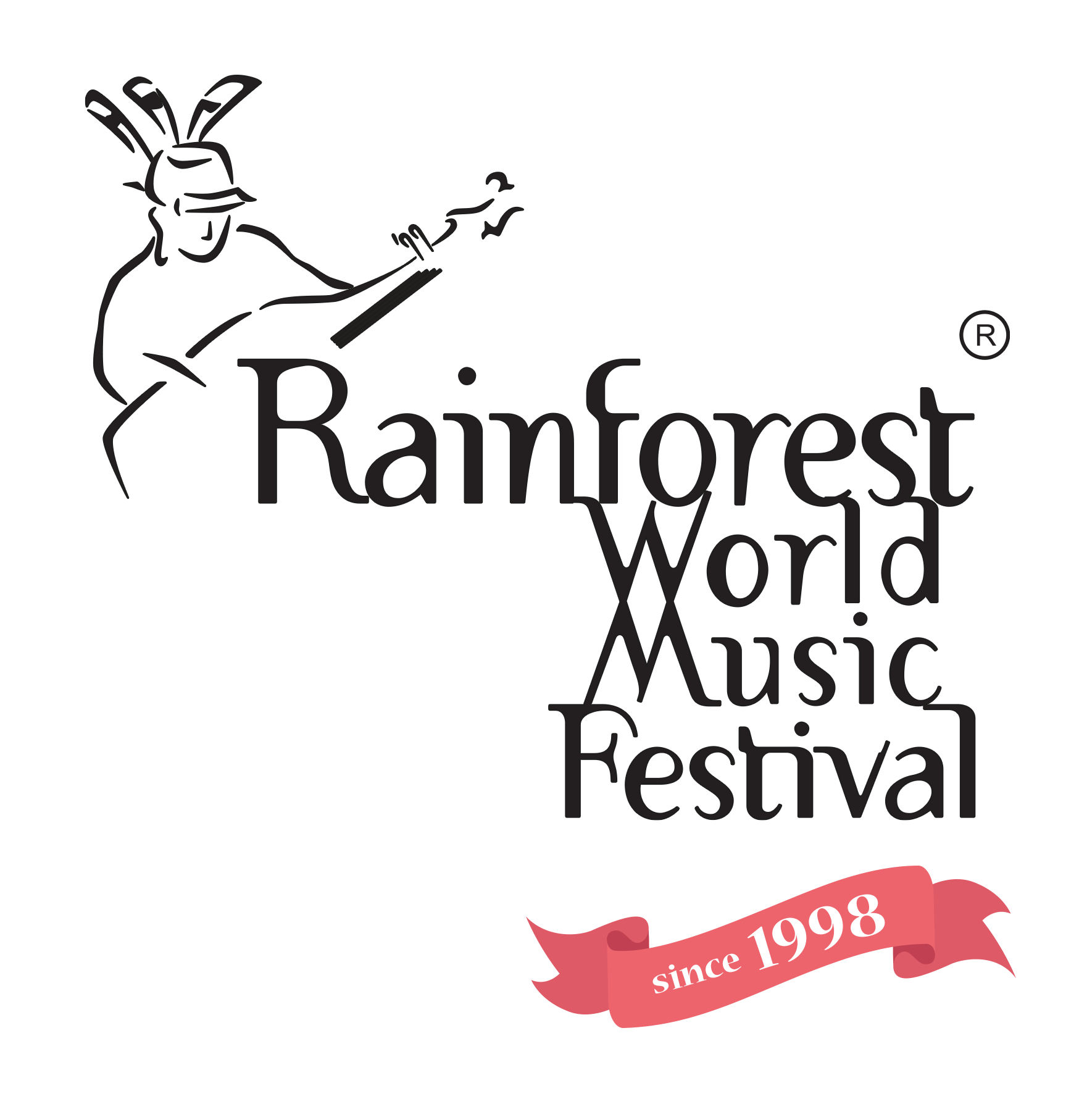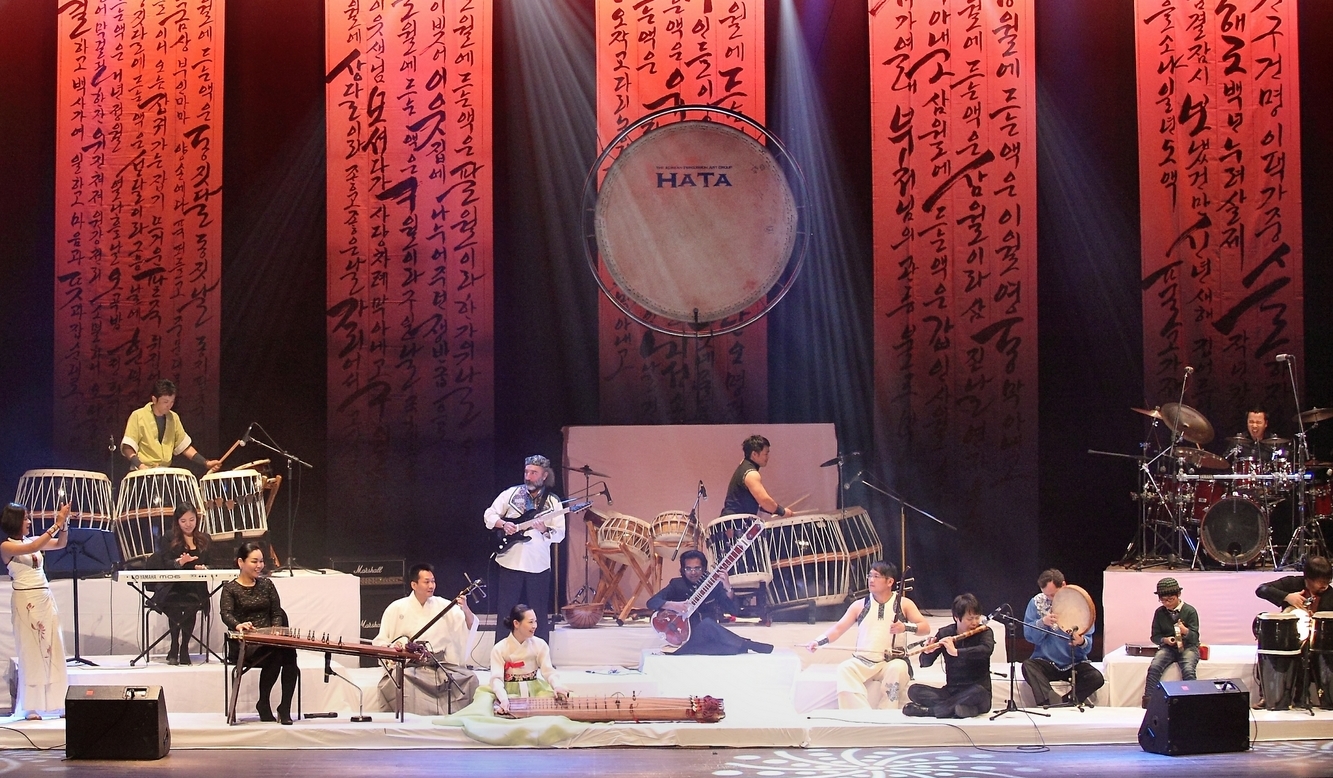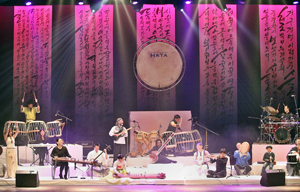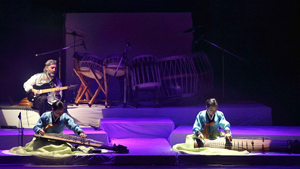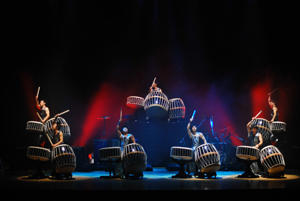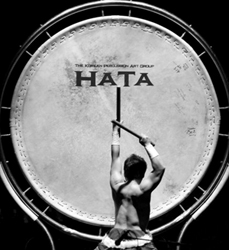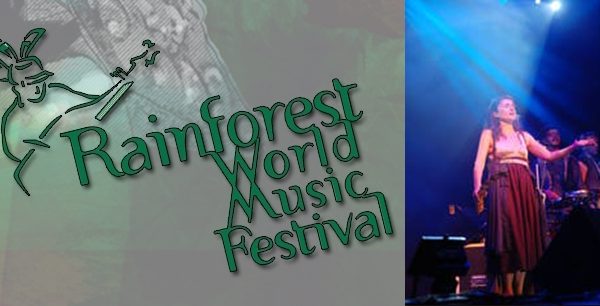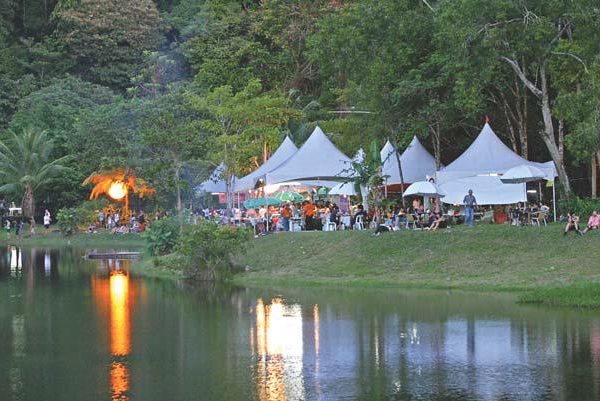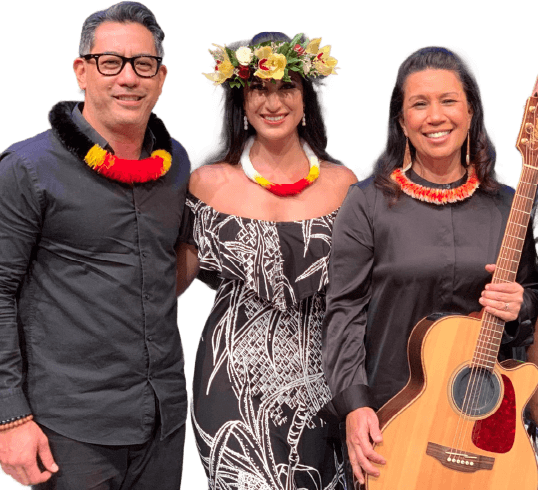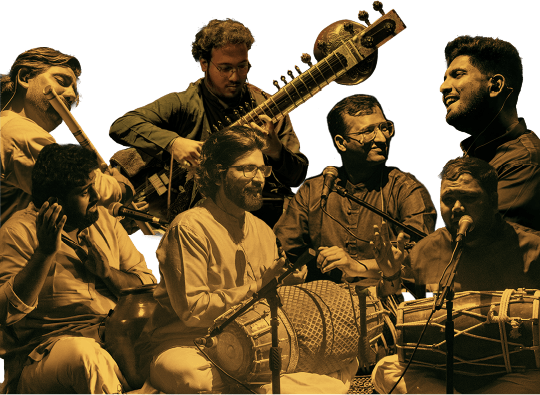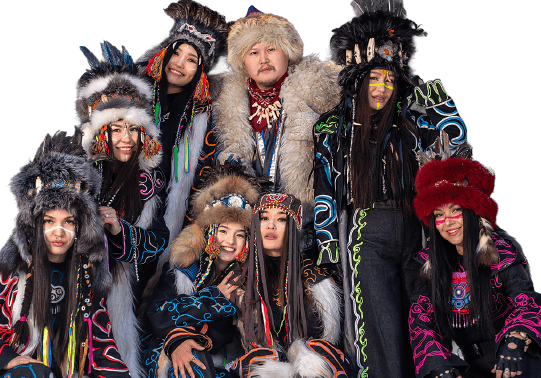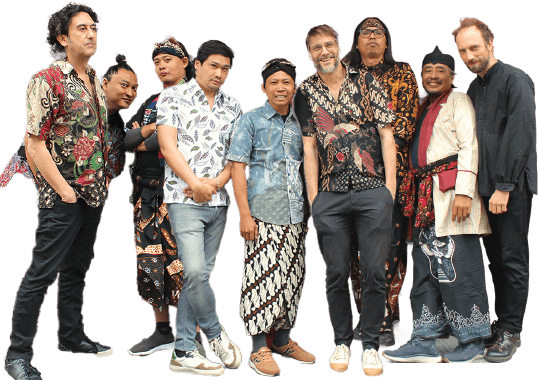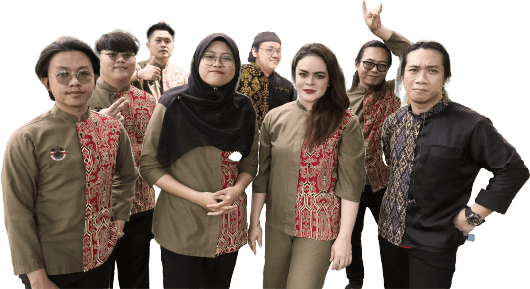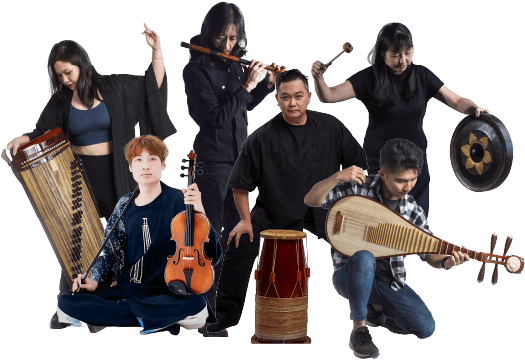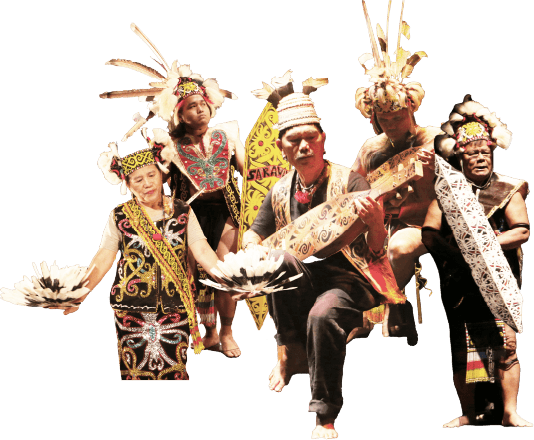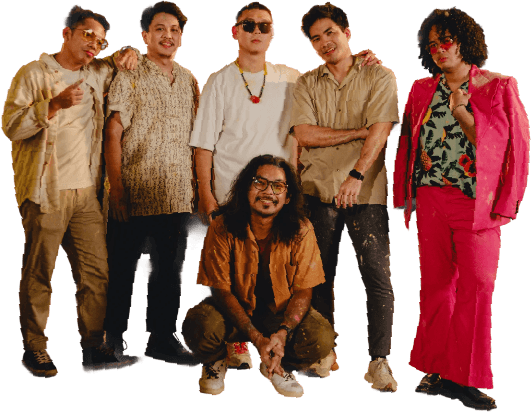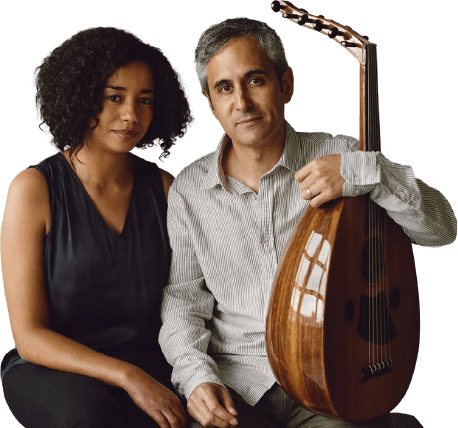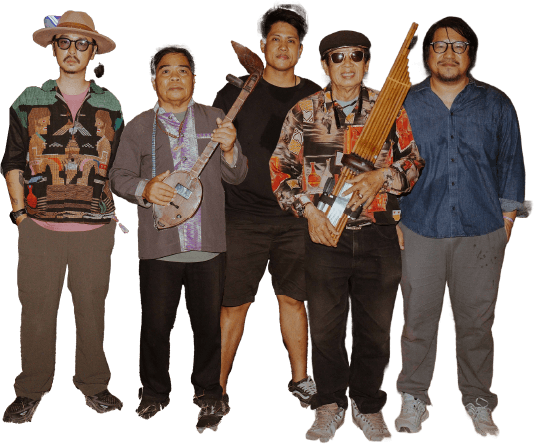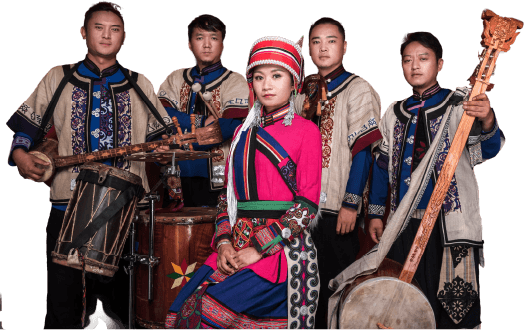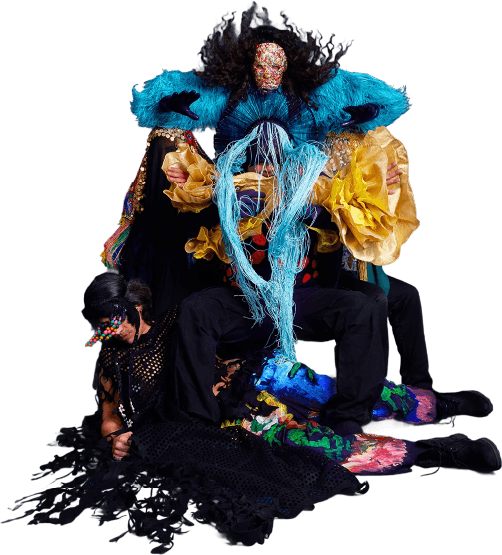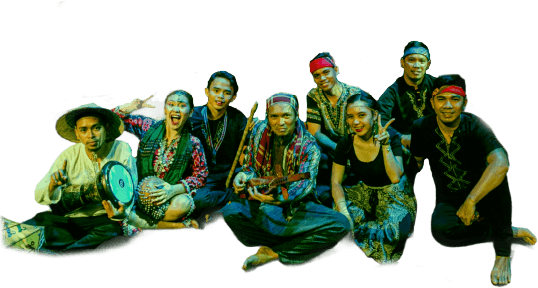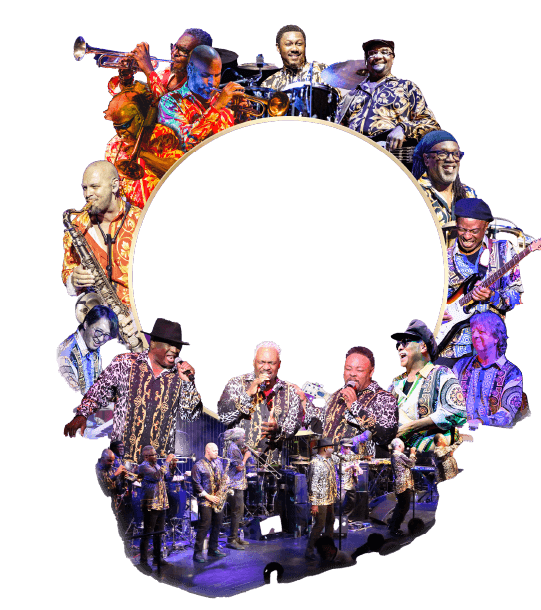Pan-Asian world music group HATA will perform Sunday, July 15th at the 2012 Rainforest World Music Festival. Although the regular group includes 24 musicians, Hata will present a smaller format with musicians from Malaysia, Korea, Taiwan and Turkey.
Musician and artistic director Lui Park discusses HATA’s music with World Music Central.
How did the percussion group come about?
Hata world music & art performance group was formed in 2000 by Lui Park (artistic director) with a group of professional, energetic musicians and performers.
The formation of HATA is not only grown with a desire to make Korean traditional music and performing arts more artistic, creative and musical, but also to cross the borders of many genres and creating a new style of world music with various fields of musicians and performers.
What does HATA mean?
HATA has historical origins in the India-Aryan Buddhism language. “Ha” means Sun, and “Ta” means moon.
The full group has 24 members. What is the background of these musicians and what instruments do they play?
Most of the musicians have performed over 12 to 40 years. Some musicians learned from their parents.
Also all members work as musicians, professors and music teachers. They get invited a lot to international festivals.
Our musicians play traditional instruments of their own countries, like sitar, odu, erhu (Chinese string instrument), gayageum, geomungo (Korean strings), Daegeum (Korean wind instrument), traditional drum & percussion, and bass, keyboards, guitar.
At the Rainforest World Music Festival you will be performing with a smaller lineup? Tell us a little about these musicians.
We will participate with 10 musicians at the Rainforest World Music Festival 2012. They come from Korea, Taiwan, Turkey, Azerbaijan, and Malaysia.
One of our problems is too many musicians. So it’s really difficult to have a smaller line up. The aim of the Rainforest World Music Festival 2012 line up is that it is representative of Asia’s ethnic sound and spirit.
Of course, these10 musicians are professional musicians, and the best members of Hata. We will perform with sitar, odu, darbuka, gayageum, erhu, and percussion.
Can you share some information about the program you’ll present at the Rainforest World Music Festival?
We will perform 12 songs for 60 minutes; it’s very unique and ethnic music of Asia. The music crosses the borders of many genres, and performers inherit traditions of their country as legitimate players and produce new different kind of sound and new music by studying various world music genres with continuous experiments.
It goes beyond passing down traditional music and produces a unique and contemporary sound through experimenting; creating new world music.
What drums will you be playing in Malaysia?
We will perform 1 big drum and 4-5 middle & small drums. Our drums include Japanese taiko, Korean traditional drums, Taiwanese small drum, and Turkish percussion (darbuka, bendir)
It must be difficult to travel with so many drums, especially the larger ones. How do you manage international travel?
Yes, this is big problem for us. The first way is to send early by ship. Usually, we prefer this way. Sometimes, we borrow instruments from friends who live in the festival’s country.
What’s the name of the giant drum that appears in your publicity photos?
The name is dae-buk. In Korean language it means big drum.
Who can you cite as your main musical influences?
Actually, I’m focused on shamanistic music and ethnic music of Korea, Japan, China, Mongolia, India, Central Asia and Buddhist, Hindu, Muslim.
As you know, there are not many famous musicians and groups in Asia in the world music genre. I think the famous Asian world music genres are raga (Ravi Shankar), sometimes Japan’s taiko, Gamelan of Indonesia, Khoomeii of Mongolia and Tibetan Buddhist music. These musics influence me, and Africa’s traditional sounds too.



